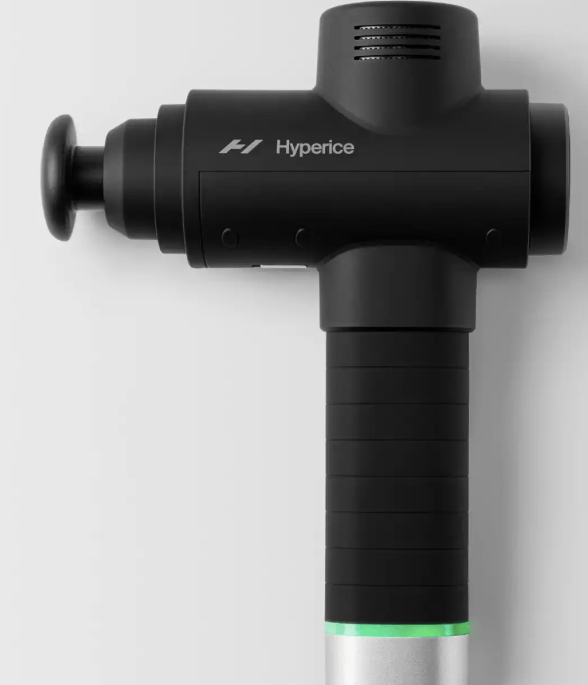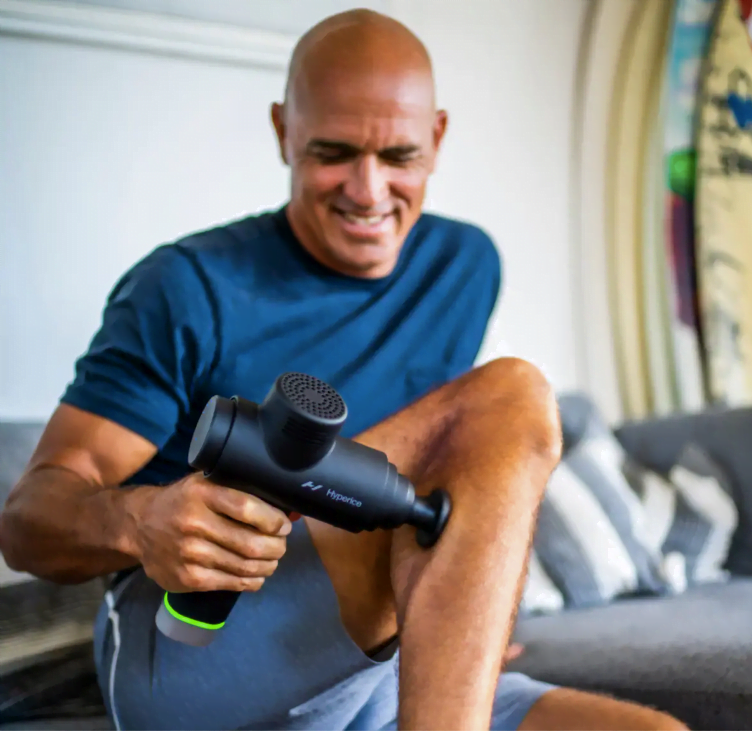Experiencing sore muscles, especially after intense physical activity or a new exercise routine, is common. This soreness, medically known as Delayed Onset Muscle Soreness (DOMS), can be uncomfortable but is a natural response to exertion, indicating that muscles are adapting and strengthening. However, managing this discomfort effectively is crucial for both comfort and continued physical performance. In this comprehensive guide, we will explore the best methods for muscle recovery, including the use of innovative recovery products.
1. Active Recovery
Active recovery involves engaging in low-intensity exercise after a strenuous workout. This can include activities like walking, light cycling, or yoga. The idea is to increase blood flow to the muscles without straining them, which can help reduce muscle soreness and stiffness.
2. Proper Nutrition and Hydration
Nutrition plays a vital role in muscle recovery. Consuming a balanced diet rich in proteins, carbohydrates, and healthy fats aids in repairing and building muscle tissue. Hydration is equally crucial; water supports metabolic functions and nutrient transfer in the body, aiding in the recovery process.
Protein Intake
Protein is essential for muscle repair and growth. After exercising, consuming protein can help repair muscle fibers. Sources include lean meats, fish, dairy, eggs, and plant-based proteins like beans and lentils.
Carbohydrates
Carbohydrates help replenish glycogen stores that are depleted during exercise. Whole grains, fruits, and vegetables are excellent sources.
Healthy Fats
Fats play a role in inflammation reduction and muscle recovery. Focus on sources of healthy fats, such as avocados, nuts, seeds, and olive oil.
3. Adequate Sleep

Sleep is crucial for muscle recovery. During sleep, the body produces growth hormone, which is essential for tissue growth and repair. Adults should aim for 7-9 hours of quality sleep per night to support recovery and overall health.
4. Post-Workout Stretching
Gentle stretching after a workout can reduce muscle tightness and increase flexibility. This not only helps in alleviating soreness but also improves overall muscle function.
5. Cold Therapy
Cold therapy, such as ice baths or cold packs, can reduce muscle inflammation and soreness. The cold temperature helps in decreasing blood flow to the area, reducing inflammation and pain.
6. Heat Therapy
Conversely, heat therapy can soothe and relax sore muscles. Using a heat pack or a warm bath can increase blood flow and help muscles relax, reducing stiffness.
7. Massage Therapy

Massage can be beneficial for sore muscles as it helps to stimulate blood flow, which aids in recovery. It can also help in breaking down knots and relieving tension in the muscles.
8. Foam Rolling
Foam rolling, a form of self-myofascial release, helps in relieving muscle tightness, soreness, and inflammation. It also increases your range of motion. Spending a few minutes rolling out sore areas can make a significant difference in recovery time.
9. Hydrotherapy
Water therapy, such as swimming or aqua aerobics, can be effective for muscle recovery. The buoyancy of water reduces stress on the muscles and joints, allowing for gentle, resistance-based exercise.
10. Compression Garments
Wearing compression clothing like leggings or sleeves can enhance circulation, support muscles, and reduce muscle movement and vibration, leading to decreased soreness and fatigue.
11. Proper Warm-Up Before Exercise

A good warm-up increases blood flow to the muscles and prepares them for the stress of exercise. This can reduce the risk of muscle soreness.
12. Mindfulness and Relaxation Techniques
Stress can impact muscle recovery. Practices like meditation, deep breathing, or gentle yoga can help reduce stress and aid in the recovery process.
13. Balanced Training Routine
Avoid overtraining. Incorporate rest days and vary your workout routine to give your muscles time to recover and prevent chronic soreness.
14. Use of Recovery Products
For additional support in muscle recovery, consider using specialized recovery products. You can also use recovery products from the likes of Hyperice. These products, which include massage guns, vibrating foam rollers, and compression devices, are designed to reduce soreness and improve muscle recovery.
15. Stay Consistent with Recovery Techniques
Consistency is key in any recovery regimen. Regularly employing a combination of these techniques can significantly improve muscle recovery over time.
Conclusion

Dealing with sore muscles is a part of any active lifestyle, but it doesn’t have to be a roadblock. By implementing these effective recovery methods, you can alleviate soreness, enhance your body’s healing process, and prepare for your next workout session. From nutrition and hydration to advanced tools like Hyperice recovery products, each method plays a role in a comprehensive recovery strategy. Remember, taking care of your muscles after exertion is just as important as the exercise itself for achieving long-term fitness and health goals.



